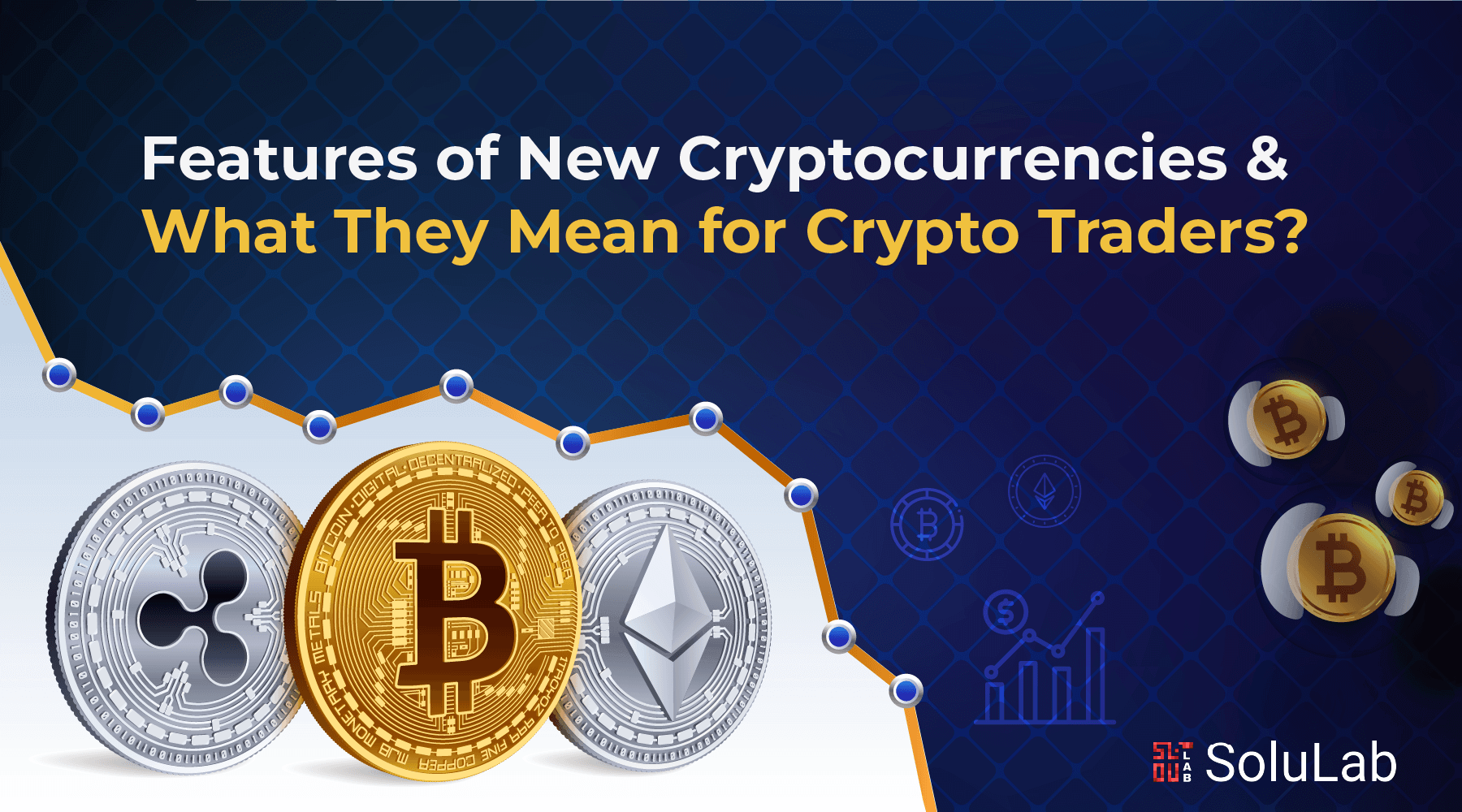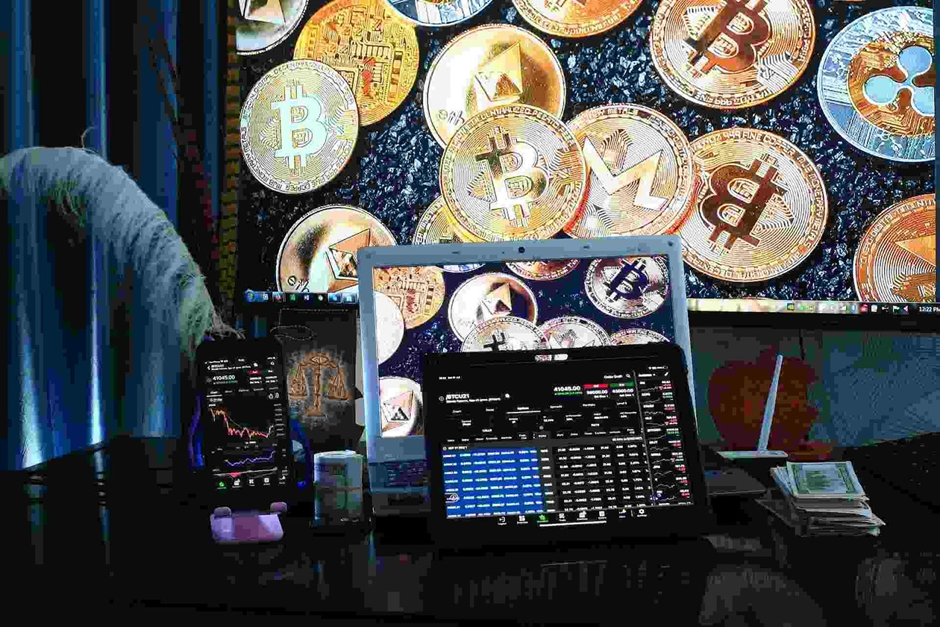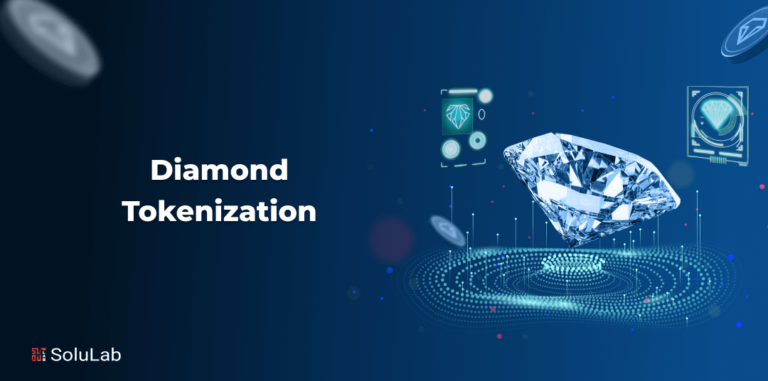
Since Bitcoin gained global attention in early 2013, thousands of new cryptocurrencies have been launched. Each one is designed with a specific purpose that could either have real-world value or exist purely as a meme. These characteristics influence how crypto traders approach them, whether to hold long-term or trade for quick gains.
Interoperability
The blockchain market has thousands of coins and over 1,000 distinct blockchains with unique structures. One challenge is that crypto users are often limited in the functions they can perform on each chain. Through interoperability, trades can explore multiple chains and perform functions from one place — it’s important to remember that this is a critical component of a multi-chain crypto trading platform that allows traders to buy and sell crypto.
Interoperability tokens are important in the crypto market and help open up more possibilities, such as staking and access to deep liquidity pools. Wrapped Bitcoin (wBTC), Polkadot (DOT), and Chain Link (LINK) are examples of interoperability tokens.

Improved Security and Scalability
Many new cryptocurrencies are built to improve on aspects of older tokens. For instance, Bitcoin Cash is a fork of Bitcoin and is widely considered more scalable — Bitcoin Cash processes over 100 tps (transactions per second), while Bitcoin can do up to 7 tps.
Cardano (ADA), DOT, and Solana (SOL) are characteristically faster, lighter, and more efficient than Ethereum (ETH), which is their model blockchain. Improving various aspects of a model chain enhances performance and use cases in the crypto market.
Integrated Gaming and Virtual Reality
Many new tokens, like Oasis Metaverse (OASIS), are focused on developing the virtual reality and gaming space. These coins help gamers perform in-game transactions efficiently and are also valuable to traders. They typically incorporate interoperability, enhanced security, and tokenization in one place. Older tokens with these features include Decentraland (MANA) and Sandbox (SAND).
Tokenized Assets
Blockchain technology makes tokenizing assets possible, creating a digital representation of tangible or intangible things. According to McKinsey, developers can tokenize “physical assets like real estate or art, financial assets like equities or bonds, intangible assets like intellectual property, or even identity and data.”
A good example of tokenization is central bank digital currencies (CBDCs), digital tokens of fiat currencies issued and maintained by central banks. Others are NFTs, stablecoins, and tickets.
Regulatory Compliance
The growth of the crypto market into a trillion-dollar industry attracts regulatory attention from governments and international bodies. The last few years have underscored the impact of regulation on the market and prices of cryptocurrencies. Several new tokens are focused on regulatory compliance. Examples include First Digital USD (FDUSD), USDtb, Ripple USD (RLUSD), and Athena USDe (USDe).
Community-Focused Development
These tokens are built for communities or around popular figures, icons, animals, or symbols. They include memecoins, decentralized autonomous organizations (DAO), and fan tokens. Memecoins make the airwaves due to their rapid rise and popularity, especially in decentralized markets. Although quite recent, the most popular memecoins from December 2024 to January 2025 include the $TRUMP, $MELANIA, and Book of Meme ($BOME). It is worth remembering that the popularity of a coin doesn’t equate to long-term value, so it’s important to maintain a diverse portfolio when trading or investing.
These coins have a unique feature; they are developed and released much faster than most coins in other categories and take considerably less time to reach a huge market capitalization.
Integrated Machine Learning and Artificial Intelligence
Queen AI Agent (QWENAI), Arcade AI (A2I), and Rift AI (RIFT) are popular AI tokens launched recently. These tokens are utilities for AI tools and AI-focused ecosystems, providing tokenization features and access to advanced tools. The hype around AI also increases their market value, making them important to traders looking for profitable opportunities.
What These Mean for Crypto Traders?
Here’s how new cryptocurrencies impact markets and traders.
-
Enhanced Liquidity
Increased tokens mean more traders enter the market and add to liquidity pools. This is important for price stability and profitability. The more liquid cryptocurrencies become, the faster prices can move. Increased liquidity also unlocks more features, such as staking, voting, and DeFi. The crypto market is fast growing, reaching a record-high market cap of nearly $3.2 trillion in November 2024, as more institutional investors are entering the market with approval for crypto exchange-traded funds (ETFs).
-
Improved Trading Infrastructure
The expansion of the crypto market leads to new developments. For example, more scalable tokens and blockchains enhance the adoption of Web3 and DeFi technologies and open up more regions for crypto adoption. The increasing attention that central banks give to CBDCs is another impact of cryptocurrencies, where traders can access faster, more secure, and more stable trading platforms and blockchain-based services.
-
Increased Diversification Opportunities
Diversification is a common strategy traders use to manage risk and maximize profits. New cryptocurrencies allow traders to diversify their portfolios, for instance, between highly volatile memecoins and less volatile tokens. Dozens of tokens are created monthly and focus on various use cases. These present opportunities for traders to find trends early. The constant launch of new cryptocurrencies and the underlying technologies in the blockchain market can spark breakthroughs and innovations that are relevant and beneficial to traders. Cryptocurrencies with unique features and use cases open up new markets and
Smart Research Methods for Traders
Taking advantage of the crypto market movements can help you become profitable with new and older tokens. It is important to explore platforms like CoinMarketCap and TradingView to screen tokens, analyze their fundamental and technical data, and find potentially profitable setups. Ultimately, it is wise to conduct thorough research on use cases, features, and potential risks as a trader before entering into a trade or investing in these coins.




